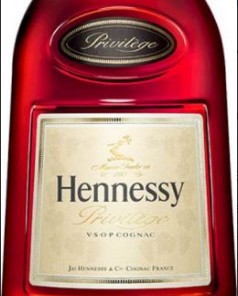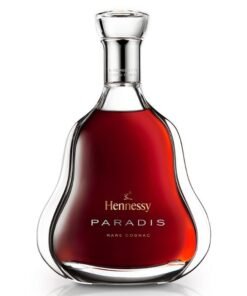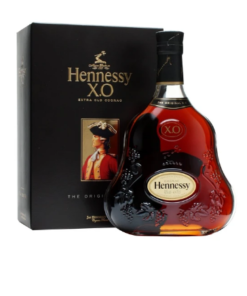Subtotal: $110.00
order best cognac whiskey online
best cognac
Sip a glass of cognac, and you’ll understand why the French say it’s made from l’eau de vie (“the water of life”). Produced from white grapes grown across the Charente and Charente-Maritime departments of western France, cognac is a protected category of brandy that must meet the requirements of the appellation d’origine contrôllée (AOC) in order to bear the region’s name on its label. These are the strict regulations that define the rich, velvety brown spirit that begs to be sipped on its own, shaken in a Sidecar or stirred into a Sazerac—or all of the above, depending on your mood.
The Grapes and Their Regions
The area around the commune of Cognac, France, is divided into six grape-growing regions within the Charente and Charente-Maritime departments. Officially, the main grape varieties used in cognac must be ugni blanc (which is equivalent to Italy’s trebbiano grape), folle blanche, and colombard; there are also less common grapes used in small quantities in production, including jurançon blanc, sémillon and folignan, to name a few. The most expensive fruit comes from Charente’s Grande Champagne district and Petite Champagne, which straddles both Charente and Charente-Maritime.
How It’s Made
Once harvested, the grapes are fermented for five to seven days, generally speaking, and the resulting wine is typically between 8.5% and 9.5% alcohol by volume. It is then distilled twice in copper pot stills, which produce a colorless alcohol called eau-de-vie (again, French for “water of life”). Then the spirit is aged in either Limousin or Tronçais oak barrels for at least two years, and once ready, the single-barrel cognac (often still referred to as an eau-de-vie despite having been aged) is blended with cognacs of varying ages and qualities to create the final product. The age statement on the bottle refers to the youngest eau-de-vie in the blend, discussed further in the next section.
Cognac
Cognac
Cognac
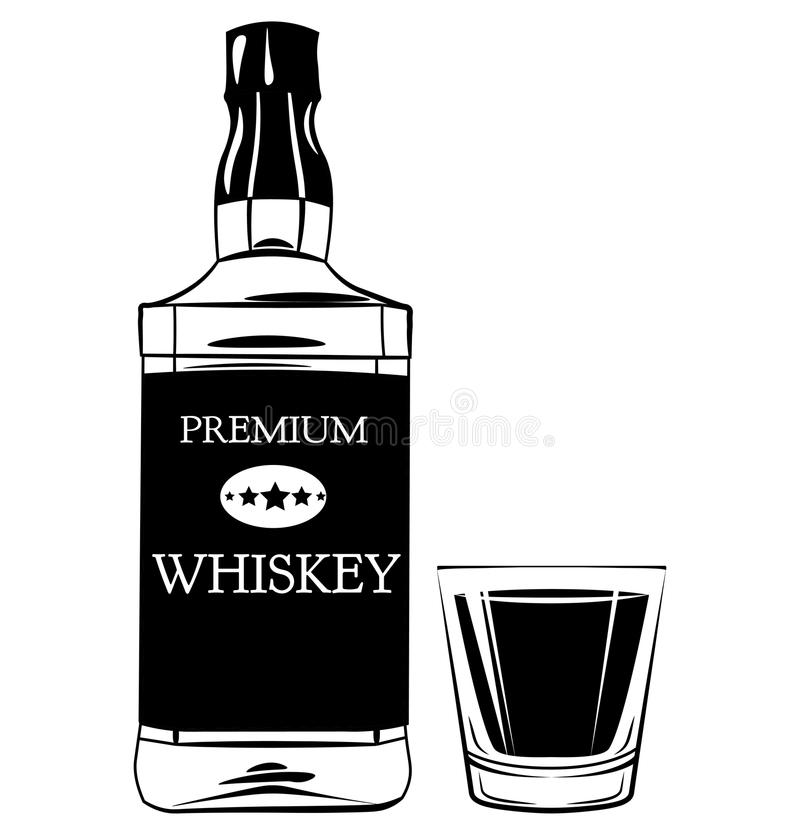
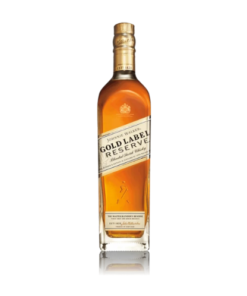 Johnnie Walker Gold Label Reserve Scotch
Johnnie Walker Gold Label Reserve Scotch 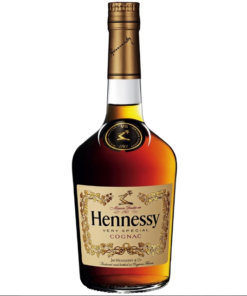 Hennessy VS Cognac
Hennessy VS Cognac 